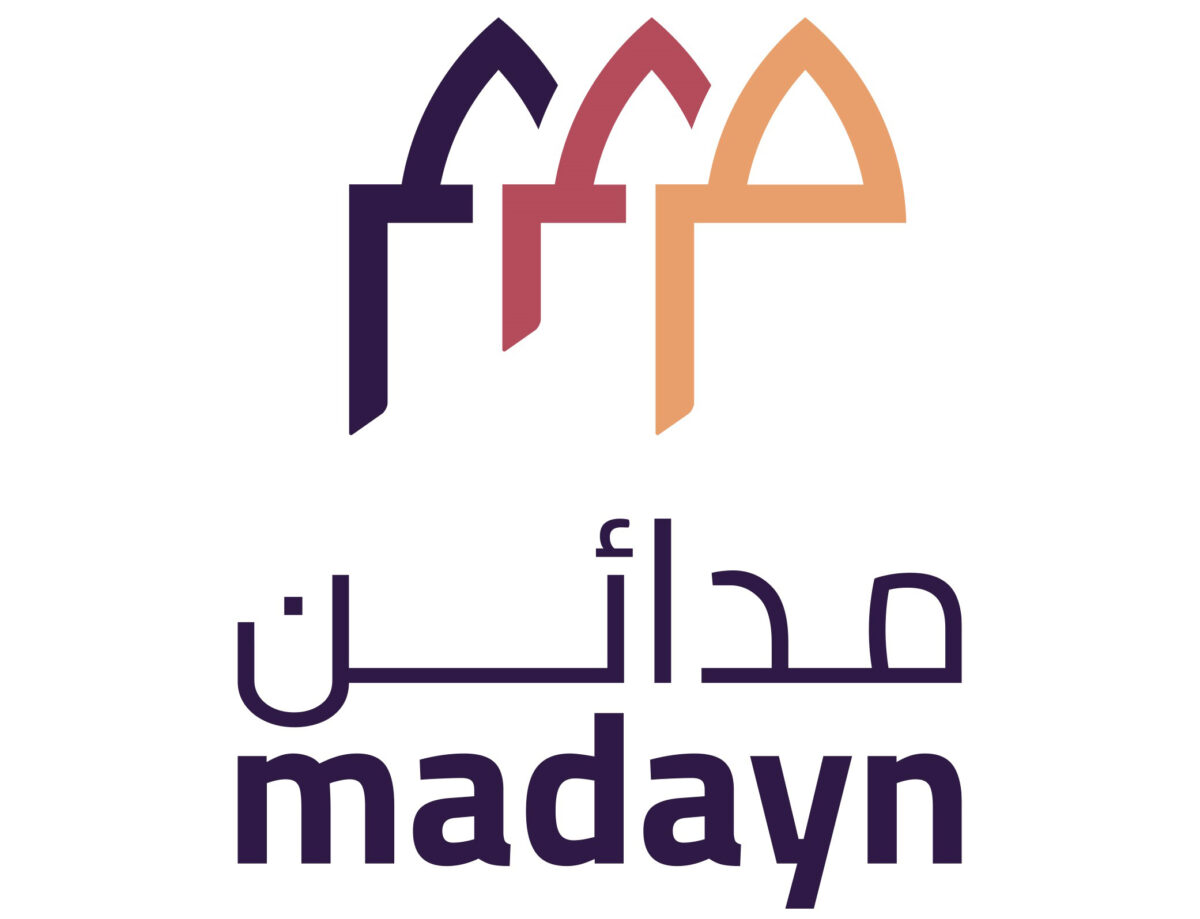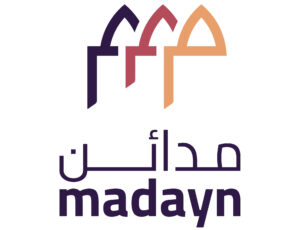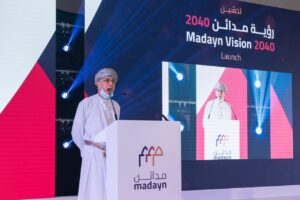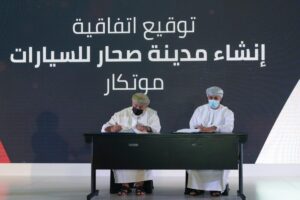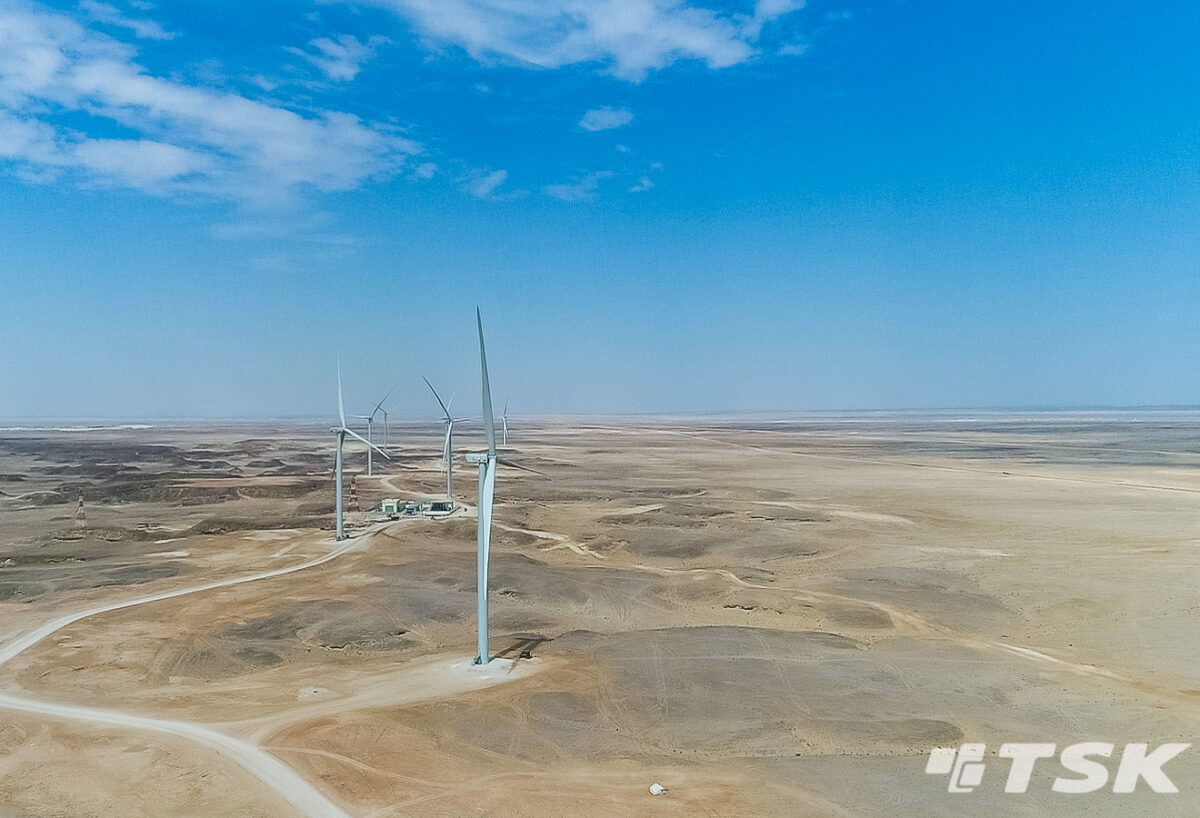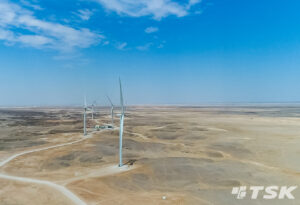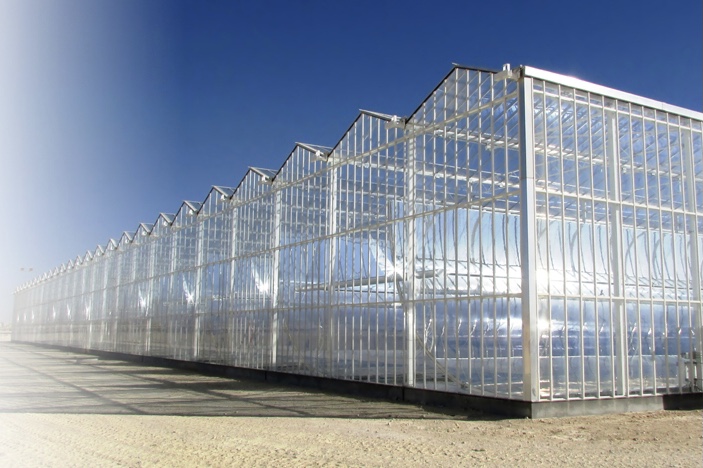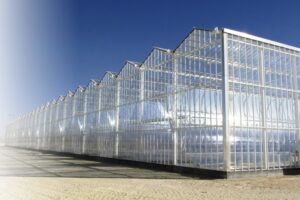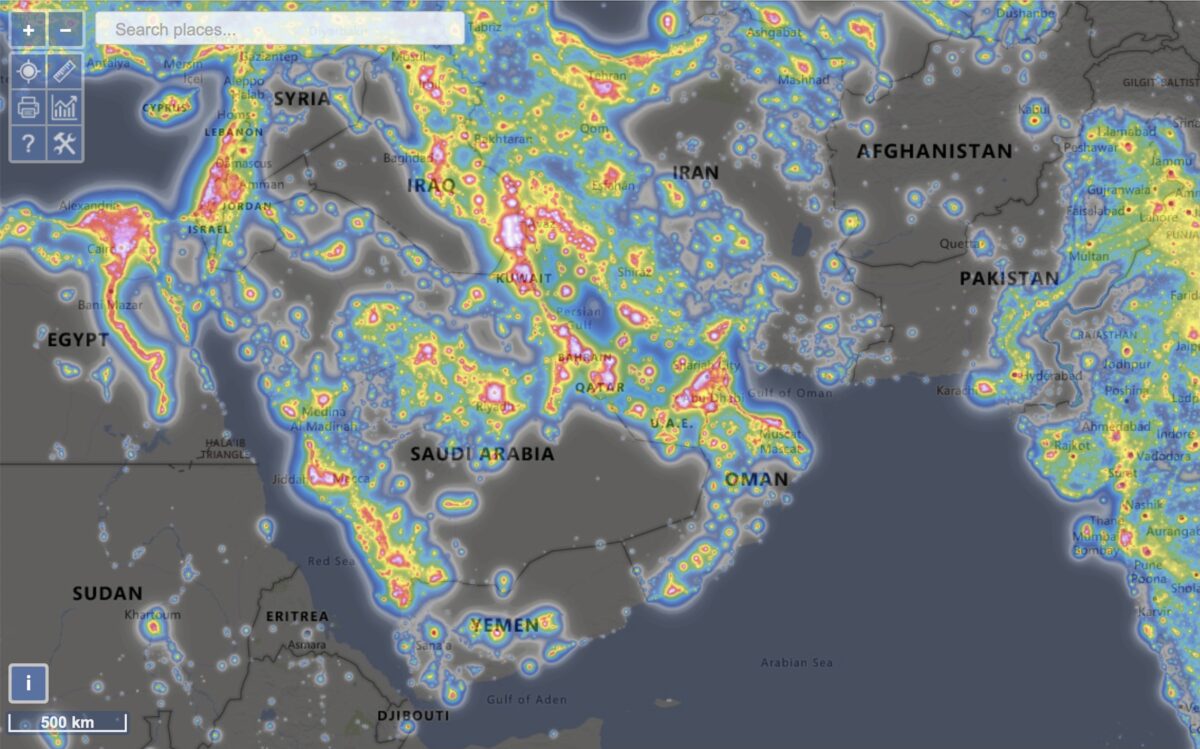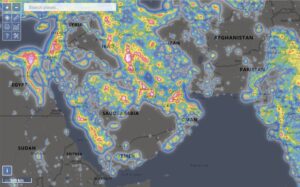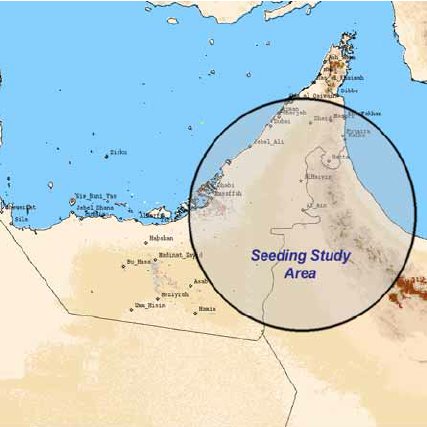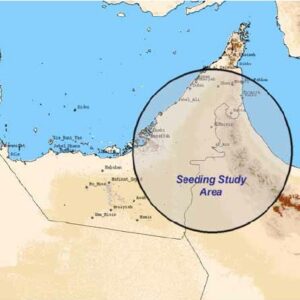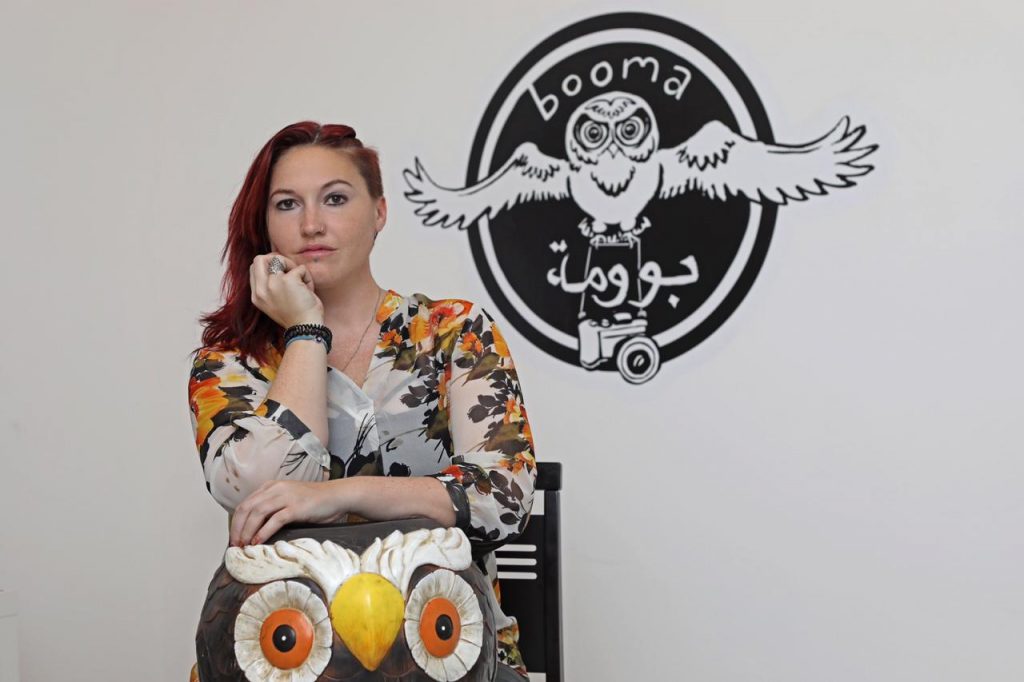Madayn- Oman’s very own Infrastructure Support
According to the European Commission, the 17th Sustainable Development Goal (SDG17), aims to increase the international cooperation and strengthen global partnerships at governmental level, including through public-private partnerships and the involvement of civil society.
The Sultanate of Oman constantly looks to improve the standard of living and meet the economic demands of the growing population within the country. For this reason, the Public Establishment of Industrial Estates, now known as Madayn was established in the year 1993.
The Rusayl Industrial Estate was established in 1983 and is situated 45 kilometers from the capital. Being the first of its kind, it began with 12 factories and has now grown to support around 211 factories dealing with chemicals, batteries, electrical fittings, building materials, fibre optic cables, foodstuff, textiles, garments, stationery and paints.
With the success of the the Rusayl Industrial Estate, Madayn was established to manage and operate industrial cities in Sur, Suhar, Raysut, Nizwa, Buraimi, Rusayl, Samail, Ibri, Al Mudhaibi, Mahas, Knowledge Oasis Muscat (KOM) and Al Mazunah Free Zone, making up 9 industrial cities, 1 technology park and 1 free zone.
With a workforce of 61,213 workers and 2,313 projects in various stages as of the end of 2019, Madayn is thriving and growing at a steady rate. These projects come under various categories including-industrial, commercial, service and logistical projects, technical projects and finally, housing and real estate projects making up 1% of the total.
Various initiatives have been implemented by Madayn over the years. The ‘Made in Oman’ campaign focuses on supporting local businesses and artisans by encouraging residents and citizens to shop locally. Participating in Gulfood 2021, Madayn hopes to identify new investors and business partners both across the GCC and worldwide.
The Madayn Research Chair for the Development of Industrial Estates and Free zones was founded in 2019 to aid with the monitoring of the industrial sector and to collaborate with members of the academic community to further understand the growth in the country. The Chair guides and provides support to various members and parties concerning Oman’s development on various themes.
Masar Service Center was inaugurated in December 2020 to offer integrated services to investors and the business community to obtain the necessary documentation required for business opportunities countrywide.
Madayn also launched the 'Madayn eMagazine’ in November 2020, to provide information on Oman’s economy, benefiting various members and contributors of the business society, particularly the manufacturing sector.
Recently in the month of August 2021, three professional support services-Industrial Innovation Centre, National Business Centre and Madayn Industrial Academy had been merged under the name ‘Madayn Industrial Innovation Academy’. After thorough studies, this step had been taken to provide quality guidance to budding entrepreneurs and researchers interested in this field.
Oman Investment and Development Holding Company (Mubadrah) and Al Shumookh Investment and Services Company have partnered and established ‘Mizah’ in 2019 to promote investments into the Sultanate of Oman. It serves as the marketing division of Madayn to integrate various digital services for the benefit of the community.
Various agreements have also been signed to further elevate the Omani markets. A nano city project has been agreed upon between Madayn, Shumookh Investment and Services along with Advanced Universal Tech LLC.The Oman Nano City in Sur Industrial City aims to create new jobs, attract investors and promote nanotechnology in the Sultanate.
The Madayn Vision 2040 was structured in line with Oman Vision 2040 to work closely with the industries in terms of growth and development while retaining Oman’s identity as the country moves ahead into a more industrialized future.
As part of the vision, Madayn aims to complete the development of industrial cities and add complexes in several cities. This also includes the upcoming Motcar Project which is an integrated city specializing in car trading, spare parts and related services within the MENA region to be located in Suhar Industrial Estate.
With Madayn’s vision being 'Enhance Oman’s position as a leading regional center of manufacturing, ICT, innovation and entrepreneurship excellence’, they are paving the way for the excellence steadily towards the top.
For a downloadable copy: Madayn Oman


